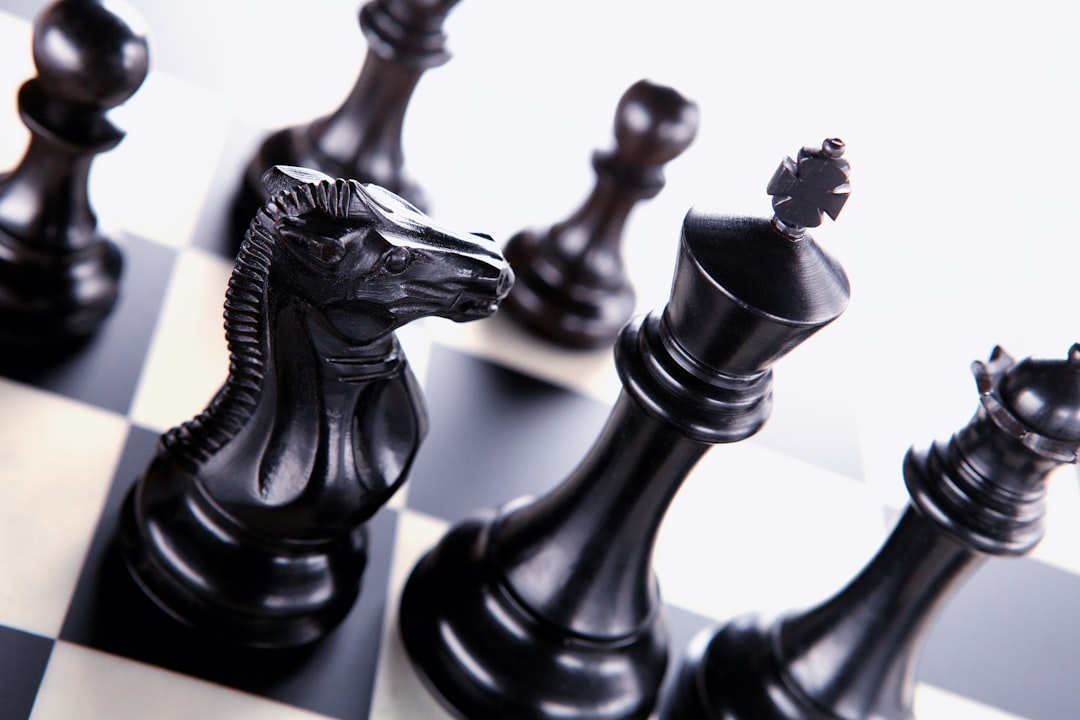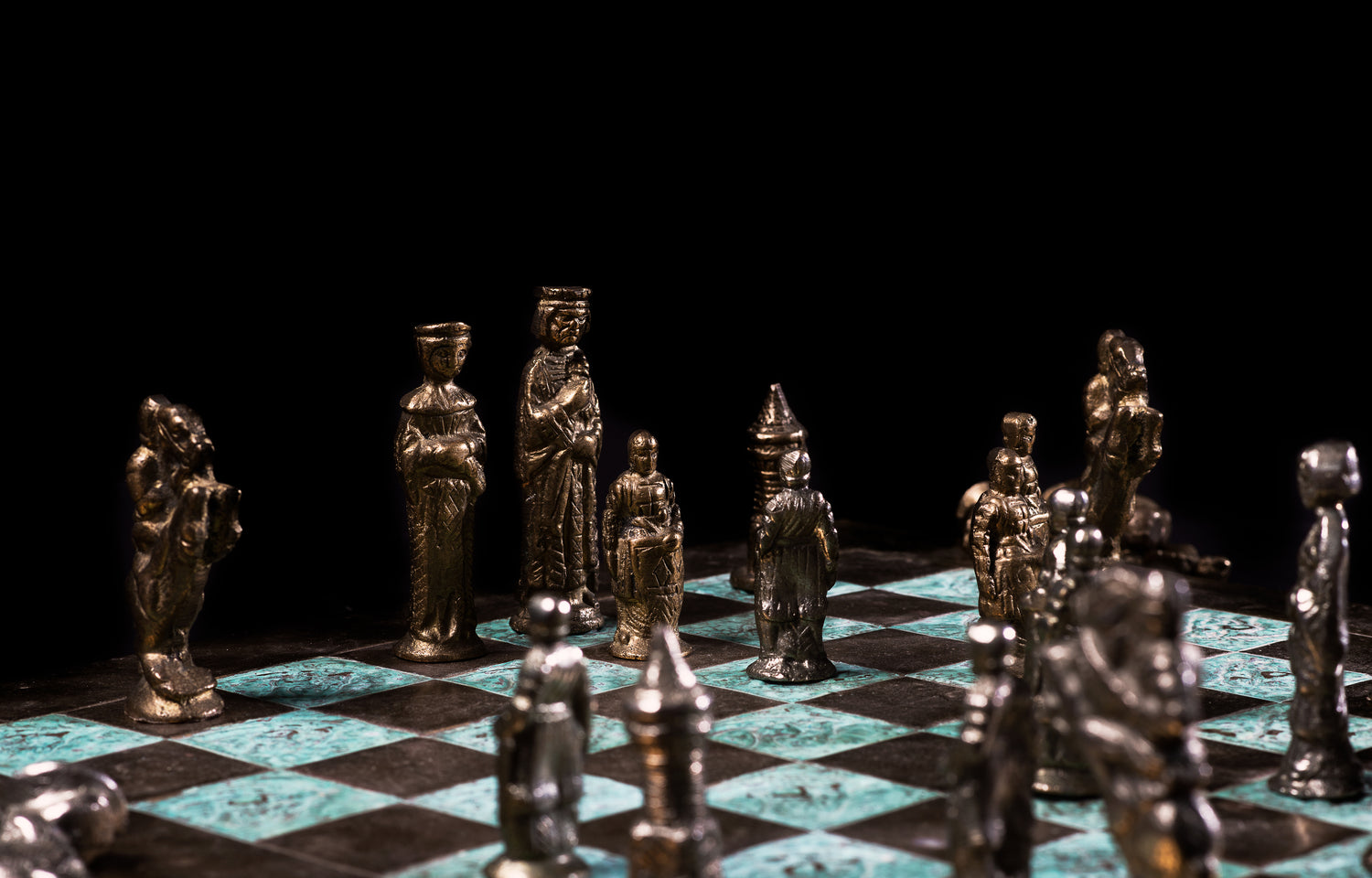Chess isn't just a game; it's a mental workout that enhances cognitive abilities, particularly spatial reasoning. Spatial reasoning, the capacity to think about objects in three dimensions and draw conclusions about those objects from limited information, is crucial in various fields, from architecture to surgery. Chess offers a unique platform to develop and refine this skill.
The Chessboard as a Spatial Playground
The chessboard, with its 64 squares and diverse pieces, presents a dynamic spatial environment. Each piece moves differently, and understanding these movements in relation to other pieces is fundamental to strategic play. Visualizing these interactions requires players to mentally manipulate objects in space, thereby enhancing their spatial reasoning abilities.
Visualization: The Key to Chess Mastery
Successful chess players possess a strong ability to visualize future moves. They can anticipate how pieces will interact several steps ahead, picturing the board's configuration after a series of plays. This visualization process directly engages spatial reasoning skills, as players mentally rotate, flip, and rearrange pieces to evaluate potential outcomes.
Enhanced Problem-Solving through Spatial Tasks
Chess is essentially a series of spatial problems. Each move requires players to assess the board, identify threats and opportunities, and devise a plan to achieve their goals. This constant problem-solving hones spatial reasoning by requiring players to analyze complex configurations and predict the consequences of their actions.
Spatial Reasoning in Opening Strategies
Even in the opening phase of a chess game, spatial reasoning plays a crucial role. Understanding how to control key squares and develop pieces efficiently involves spatial awareness. Players must visualize the optimal placement of their pieces to maximize their influence on the board. For example, controlling the center squares early in the game is a spatial strategy that gives players a significant advantage.
Mastering Tactics: A Spatial Challenge
Tactical motifs in chess, such as forks, pins, and skewers, are inherently spatial. Recognizing these patterns requires players to see how pieces are spatially related and how their movements can create tactical advantages. For instance, identifying a potential fork involves visualizing how a single piece can simultaneously attack two enemy pieces, a clear demonstration of spatial reasoning.
Chess Training and Spatial Improvement
Regular chess practice can lead to measurable improvements in spatial reasoning. Studies have shown that individuals who play chess regularly perform better on spatial tasks compared to non-chess players. This suggests that chess training can be a valuable tool for enhancing cognitive abilities.
Real-World Applications of Chess-Enhanced Spatial Reasoning
The benefits of improved spatial reasoning extend beyond the chessboard. Individuals with strong spatial skills are better equipped to succeed in fields that require spatial thinking, such as engineering, architecture, and design. Chess can thus be seen as a tool for developing valuable skills that are transferable to various aspects of life.
In conclusion, chess offers a powerful and engaging way to enhance spatial reasoning. By challenging players to visualize, analyze, and solve spatial problems, chess sharpens the mind and provides benefits that extend far beyond the game itself. So, pick up a chessboard and start your journey to improved spatial thinking today! This fun activity helps improve your thought process and keeps your brain engaged.

